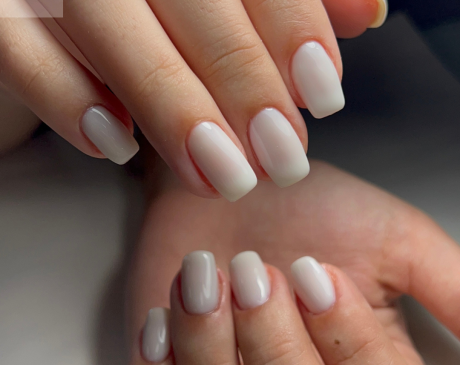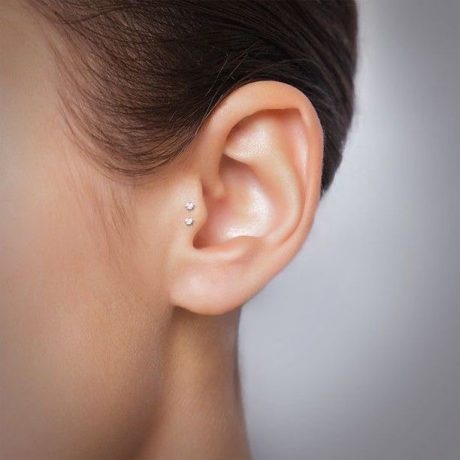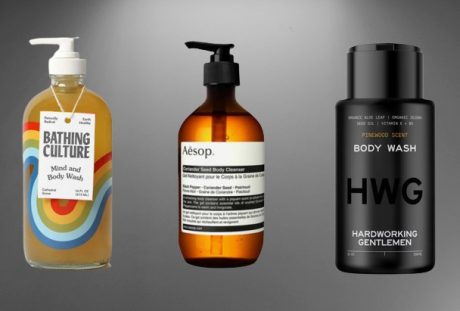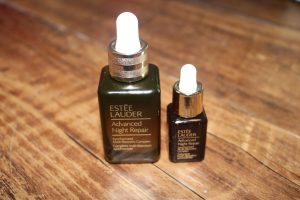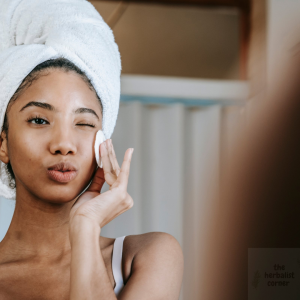Understanding your hairline – 6 ways to prevent and treat a receding hairline
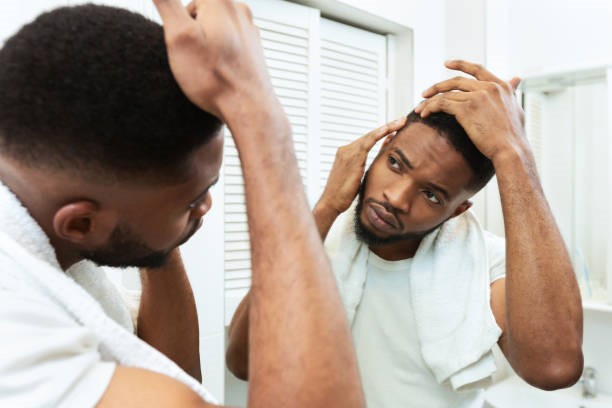
Introduction
A hairline is a natural edge or border of the hair on the scalp. Most men consider their hairline an important aspect of appearance. There are many factors that can affect the hairline, including genetics, age, and overall health but it is important to remember that everyone’s hairline is unique and that it is completely normal for the hairline to change over time. That said, one sign of a healthy hairline is that it is straight or slightly curved, with an even distribution of hair density all around.
Knowing your hairline is important for a number of reasons; cosmetic and health-wise too. For one, it can help you to identify any changes or abnormalities that may be occurring. An example is if you notice that your hairline is receding or thinning, this may be a sign of hair loss or a medical condition that needs to be addressed. Additionally, knowing your hairline can also be helpful when it comes to styling your hair or choosing a haircut. By understanding the natural shape and contours of your hairline, you can choose a style that complements your features and face shape. Finally, knowing your hairline can also be a source of pride and self-confidence, as it is a unique feature that is a part of who you are. So, it’s always good to keep an eye on your hairline and be aware of any changes that may occur.
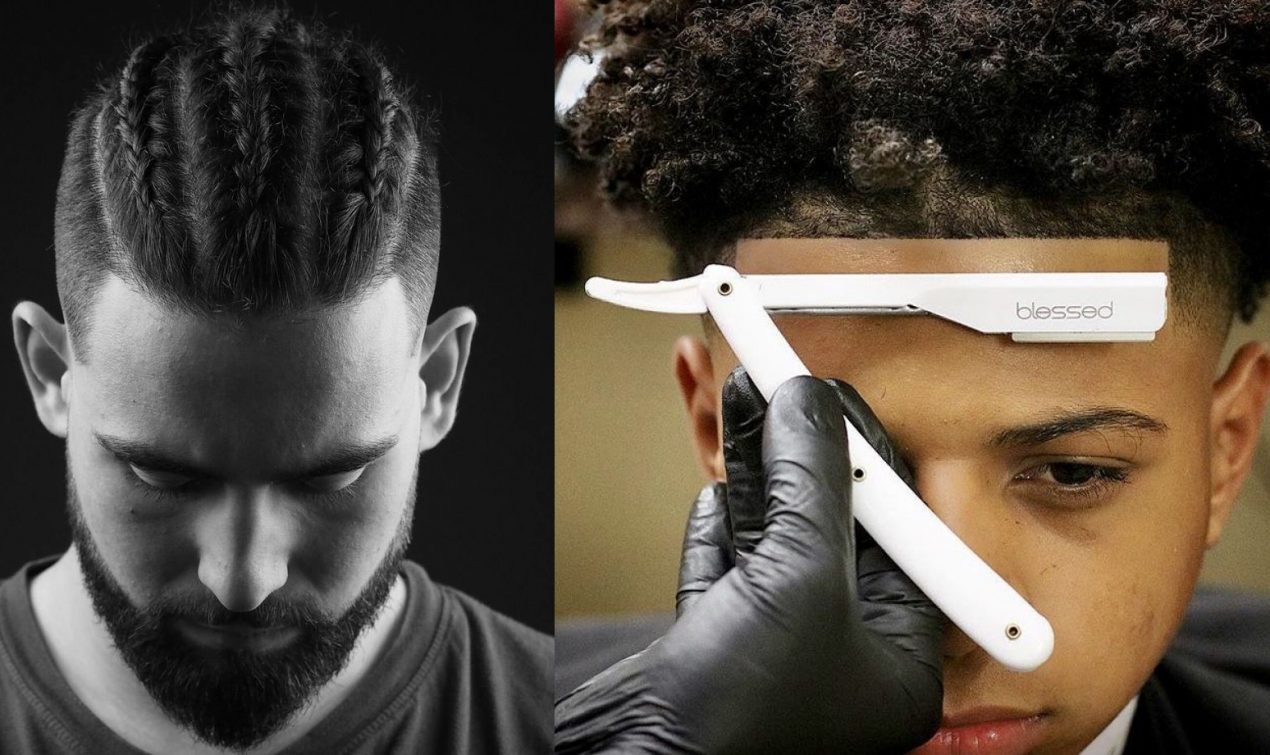
Receding hairline
As a man I know how much my hairline affects how I look, especially after I get a good fade from my barber. I know (from experience) that it can be a source of concern if one’s hairline begins thin out. A receding hairline is a common form of hair loss that can affect both men and women. It is characterized by a gradual recession of the hairline, particularly at the temples, which can create an “M” shape or a “U” shape on the forehead.
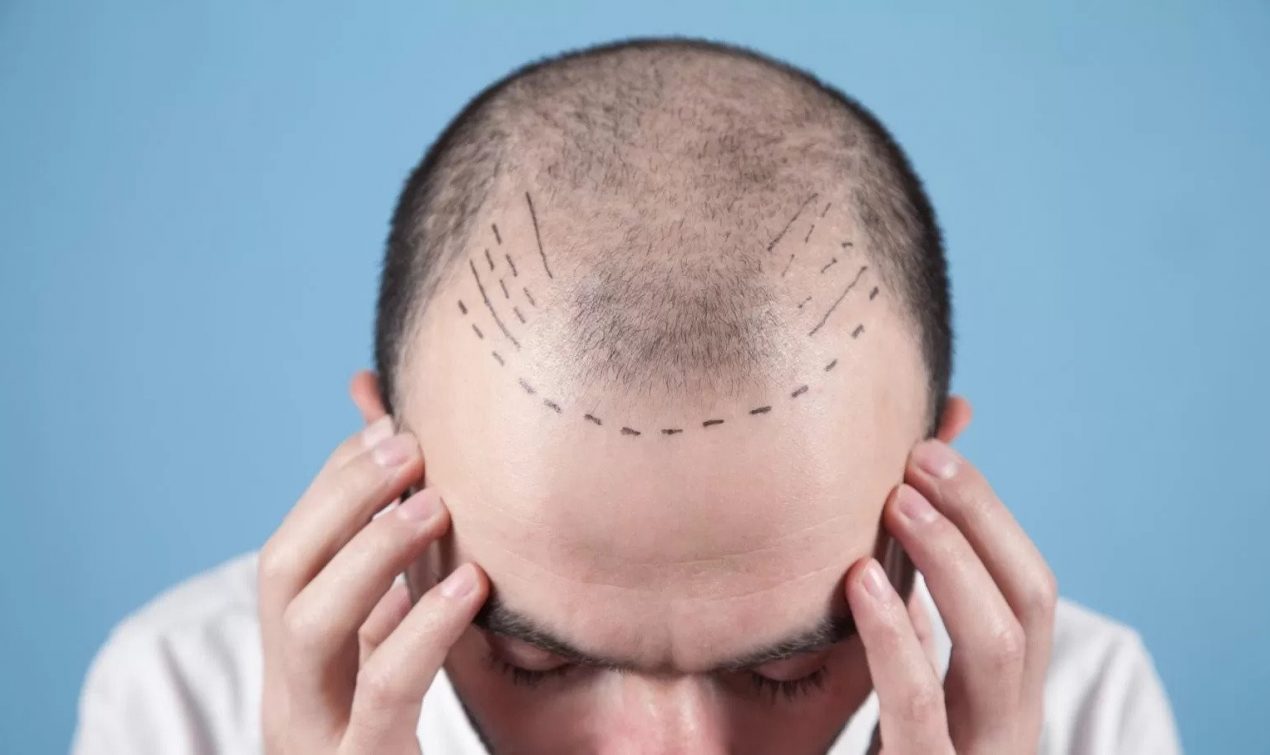
There are several factors that can contribute to a receding hairline, including genetics, ageing, and hormonal changes. In men, a receding hairline is often caused by a condition called male pattern baldness, which is thought to be influenced by hormones and genetics. As men age, their bodies begin to produce higher levels of dihydrotestosterone (DHT), a hormone that can shrink hair follicles and make them more susceptible to falling out. This process is believed to be influenced by genetic factors, which is why male pattern baldness tends to run in families.
Other factors that can contribute to a receding hairline include certain medical conditions, such as alopecia areata or iron deficiency anaemia, and certain medications, such as those used to treat prostate cancer or high blood pressure.
How to prevent or treat a receding hairline
A receding hairline can be a frustrating and distressing problem for many men. It can affect self-esteem and confidence, and it is a common source of concern for most men as our hairline is part of our appearance. While it is natural for the hairline to recede to some extent as we age, a number of things can be done to stop or treat a receding hairline. Here are five ways to help address this issue:
- Get enough nutrients: A healthy diet that is rich in nutrients, particularly protein, iron, and vitamins A and C, can help promote healthy hair growth. Consider adding more foods like eggs, leafy greens, and nuts to your diet. Over time you will notice a stronger, healthier and more beautiful hairline.
- Use a hair loss treatment: There are many products on the market that help to prevent or reverse hair loss, including minoxidil (Rogaine) and finasteride (Propecia). These medications can help stimulate hair growth and slow down the process of hair loss. Minoxidil is widely available in online stores and over the counter at drugstores. Note however that some of these products only slow down the hair loss process and hence with age the effects will be overpowered by age. Please consult your doctor before using any medication.
- Reduce stress: High-stress levels can contribute to hair loss. Spending long hours at work can not only reduce your quality of life but adversely affect your health, which in turn causes you and your hairline to age faster. It is thus important to find ways to manage stress and relax, allowing your body to rest and rejuvenate. This could include activities such as meditation, yoga, or regular exercise.
- Avoid harsh hair treatments: Using harsh hair products, such as those that contain alcohol, or heat styling your hair excessively can damage the hair and lead to hair loss. Avoid shampoos and conditioners containing sulfates. Sulfates can strip the hair of its natural oils and weaken the hair, which can lead to hair loss. Sulfate-free shampoos and conditioners are gentler on the hair and may be less likely to cause hair loss. Pureology Hydrate Shampoo is a good sulfate-free shampoo formulated with ingredients like shea butter and essential oils to hydrate and nourish the hair. It is a good option but if you prefer something more accessible, Dove Nutritive Solutions Shampoo is one you can’t go wrong with. As well as being sulphate free too, It has nourishing ingredients like keratin and avocado oil to help repair and strengthen the hair.
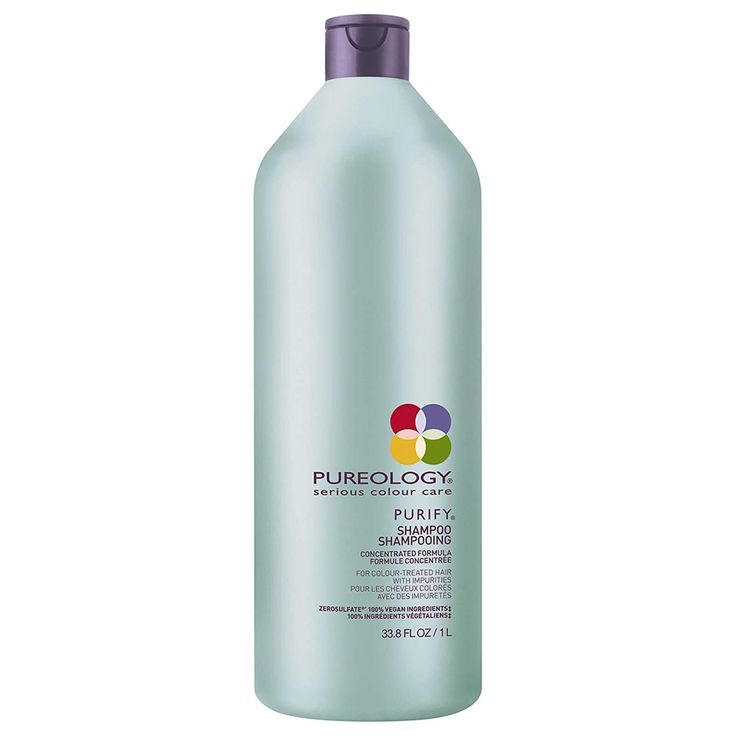
- Practice good hair hygiene: Keeping your hair and scalp clean and healthy can help to prevent hair loss and promote hair growth. Use a mild shampoo and conditioner, and avoid using hot water as much as you can when washing your hair. Shampoos and conditioners with ingredients like biotin, niacin, and zinc are great choices, these ingredients are known to promote healthy hair growth and may be helpful in preventing hair loss. DHT-blocking shampoos and conditioners are helpful too because as stated earlier, DHT is a hormone that can contribute to hair loss. You might also consider avoiding hairstyles that pull on the hair, such as tight ponytails or cornrows, which can cause hair loss. Try to avoid these types of styles and opt for looser, gentler hairstyles instead. It can be a chore searching for a shampoo that fits these requirements and so we’ll recommend one for you; the Nizoral A-D Anti-Dandruff Shampoo. This shampoo is formulated with ketoconazole, an ingredient that has been shown to help inhibit the production of DHT, as well as zinc pyrithione, which helps to control dandruff and promote healthy hair growth. In addition, the shampoo also contains biotin and niacin, which are known to support healthy hair growth.
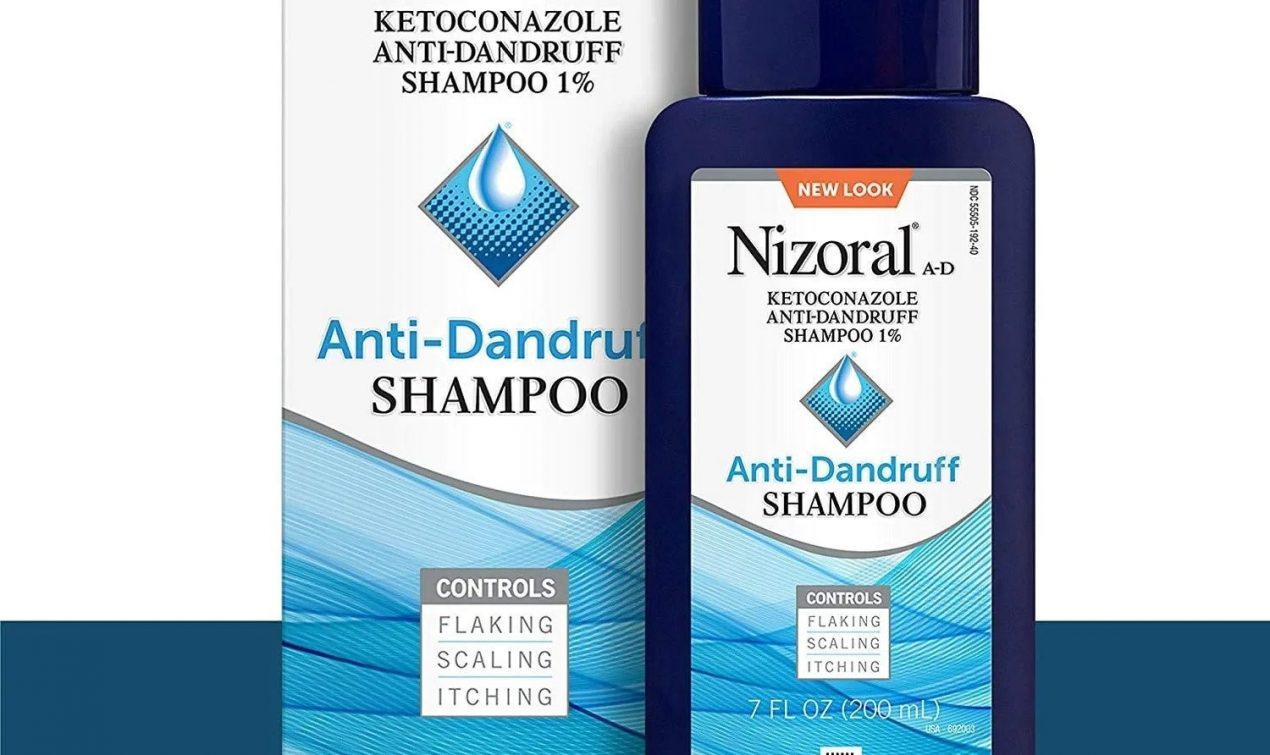
6. Hair Restoration Surgery: For some men, hair restoration surgery may be the only option to restore a fuller, healthier hairline. This can involve a variety of techniques, such as hair transplantation or scalp reduction surgery. It is important to discuss the potential risks and benefits of these procedures with a qualified hair loss specialist before making a decision.
Conclusion
While there is no surefire way to completely stop a receding hairline, these strategies can help slow down the process and improve the appearance of the hair. It is important to be patient and to realize that any changes to the hairline will take time.



